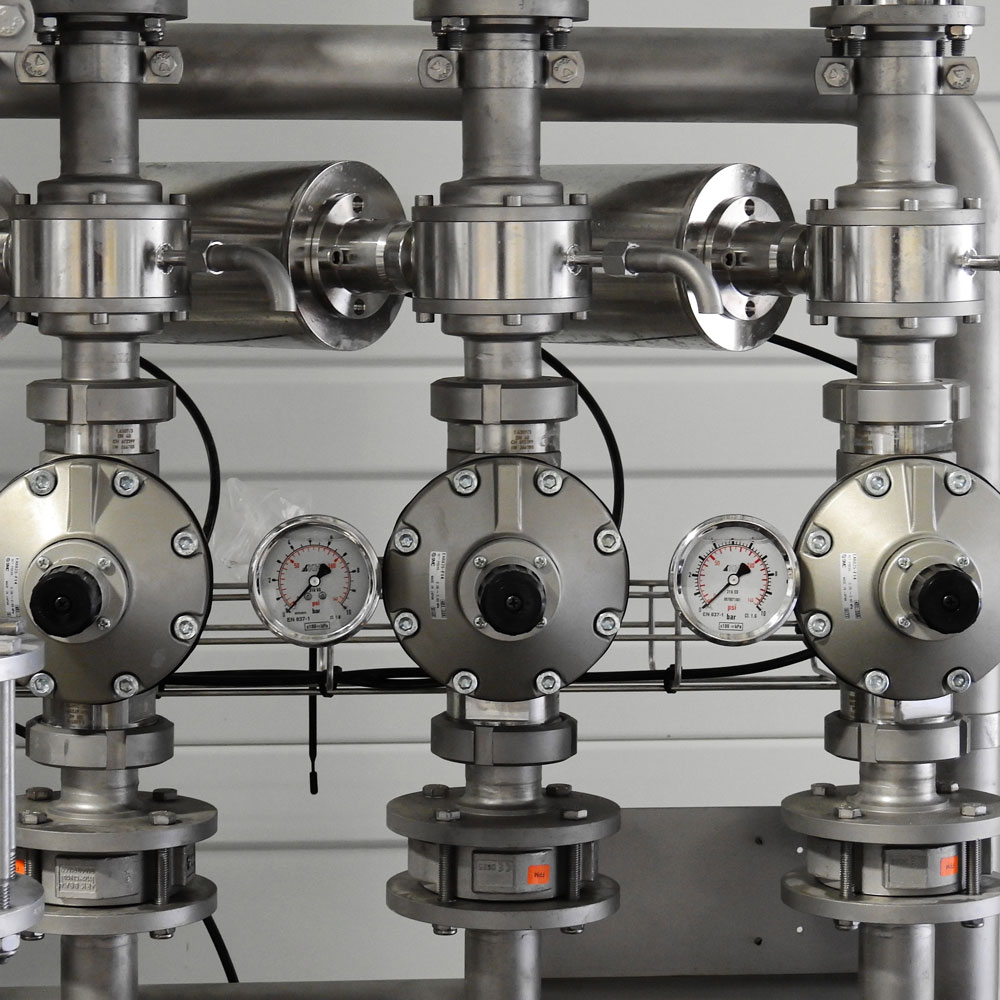Is It Necessary Examine My Water for Backflow
Is It Necessary Examine My Water for Backflow
Blog Article
What're your beliefs on Backflow Testing?

Yes, you need to backflow test your residence's water supply to ensure that the water is devoid of toxins and also damaging degrees of chemicals. You must not attempt to do heartburn testing on your very own because of the tools needed as well as room for error. We suggest that you call a specialist plumber every number of years to check your water.
What is Backflow?
In short, heartburn is when water moves upwards-- the contrary instructions in the plumbing system. This is also referred to as "backpressure." When the water relocates this instructions, it can mix with harmful contaminants and pose a threat.
What Causes Heartburn?
A common source of heartburn is a loss of water pressure that triggers the water to siphon back into the supply of water. An example is cleaning a paint container utilizing a tube. You fill the paint bucket up with water, leaving the tube in the bucket. After some time, there is a loss in water stress as well as the tube begins to draw the water back right into the supply of water. As you can envision, there are now chemicals from the paint that are entering the water, potentially positioning a danger. However, lots of people are not even aware of backflow screening, yet there are numerous reasons why it's so important.
Heartburn Screening is Required by Regulation in Certain Cities
Depending on where you live, you could actually be called for by law to backflow examination your law. For example, Iowa City maintains a record of all residential or commercial properties offered by the city's water supply. The city calls for that certain "high-hazard" centers undergo heartburn testing. In some cases, residential properties such as residences and apartment are affected.
You Can Protect Against Heartburn
The primary objective of a backflow device is to avoid water from streaming backwards right into your water supply. Plumbings mount the tool on the pipelines in your home to guarantee that the water only moves in the correct direction.
Backflow Can Impact Both You and Your City
Many cities develop backflow guidelines because hazardous heartburn can impact the general public water system along with a single building. The good news is, modern-day cities have backflow tools in position that protect the water that comes from the majority of homes and commercial buildings. The real threat originates from irrigation systems, which can damage the supply of water with toxic plant foods, manure, and other chemicals.
Call a Plumber to Evaluate for Backflow Before It is Too Late
A plumbing business can quickly check your home's water to determine if there are any kind of hazardous chemical levels. And if you do uncover that your water has high levels of toxic substances, a plumber can quickly install a heartburn avoidance gadget.
Yes, you need to backflow test your house's water supply to guarantee that the water is free of toxic substances as well as damaging degrees of chemicals. A normal cause of backflow is a loss of water pressure that triggers the water to siphon back right into the water supply. After some time, there is a loss in water pressure and the hose starts to draw the water back right into the water supply. The major function of a backflow device is to stop water from moving backwards right into your water supply. Many cities establish heartburn guidelines since harmful backflow can impact the public water supply in addition to a solitary structure.
WHY DOES BACKFLOW TESTING NEED TO BE DONE EVERY YEAR
What Is Backflow?
Toxic gas backing up into a building is one example of potential backflow issues, but backflow can occur in many other ways.
Backflow is generally referred to as the reversal of a liquid or gas in a plumbing system.
Most issues for the public occur with backflow resulting in contaminated drinking water. If you look up backflow issues online you’ll probably find references to “potable” water. That means drinking water.
There have been backflow issues in the past with drinking water. Chemicals, sewage and other contaminants have found their way into drinking water causing health issues for those that count on the fresh water.
What Causes Backflow?
In a residence or commercial building water generally flows one way. This normal flow is usually driven by consistent pressure in the water and waste system.
Anything that changes the normal pressure in the system can lead to backflow.
Fire hydrant use or malfunction can reverse the normal pressure in the system on a city line, but backflow can occur in a number of different ways.
Sometimes backpressure might be caused by someone using a garden hose and submerging the end of the hose in a pool of liquid. If pressure is lost the flow could reverse and contaminants could be released into the drinking water.
Anytime there is a connection between contaminants and the drinking water there is potential for a backflow issue. Sometimes these connections are not immediately obvious like the garden hose connecting to a building’s drinking water supply.
Backflow Regulations
The Environmental Protection Agency (EPA) provides guidelines and regulations for state and local governments regarding backflow. State and local governments also have their own guidelines and regulations for backflow prevention.
Arizona has its own backflow regulations.
Due to issues with backflow in the past, regulations require backflow preventer devices to be used in nearly all residential and commercial buildings.
A backflow preventer is a device that prevents backflow as cross-connection points where potential backflow issues may occur.
While backflow is not a common occurrence, preventers are in place to make sure there is no contamination should something malfunction or go wrong with a building’s water supply.

Hopefully you enjoyed our part on Backflow Testing. Thank you so much for taking time to read our blog. Are you aware of somebody who is sincerely interested in the topic? Why not promote it. Thanks so much for going through it.
Best fix? Dial! Report this page